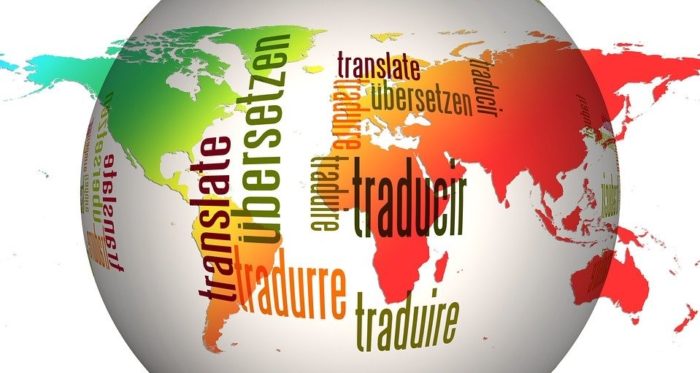What to Consider When Outsourcing a Translation Job
The very idea of hiring a professional, in any industry, is to remove the strain on your shoulders and to get the job done better than you could.
When it comes to the art of translation, which requires an entirely different set of skills than just learning to speak a language, many will hand over the responsibility to a professional translation agency, and the expectation is that you’ll receive a high-quality piece which truly represents the original text, just in another language.
However, in order for this conclusion to come to fruition, there’s far more to the process than you might imagine.
As with anything in life, you get out what you put in, so we’ve compiled our top tips you need to consider when outsourcing a translation project.
#1: Be Clear on Your Target Language
It’s essential to be absolutely clear on the language you need your piece translated into. Many languages, such as Chinese, are spoken in multiple dialects and the implications of choosing the wrong one, or failing to specify which dialect you need, can mean a great deal more than the difference between using ‘path’ in the UK, or ‘sidewalk’ in the US, for example.
The entire structure of your message could be dismantled entirely, your imagery could be diminished and worse still, your text may be unreadable for your target demographic.
#2: Discuss Timeframes

In the modern world, it seems as though everything needs to be done yesterday, especially in business. A good translation specialist should understand your requirements. Reputable and ISO-certified agencies will ensure that your order is delivered to or as close as possible to your deadline, without compromising on quality.
That said, the time needed to turnaround your translation will depend on several factors, such as the complexity of your text, the availability of translators, and sometimes even varying time zones.
It’s highly recommended that you reach out to a specialist as soon as you figure out what you require, so a quote and any associated admin can be arranged quickly.
#3: Provide Background & Context
The more context and references you can provide a translator with, the more accurate the final product will be. If you’re marketing a product, then be sure to send across any literature, web links or brochures, as this will help fill in any contextual gaps.
Photos can also be supremely helpful, as it will give the translator an idea of what the end goal is, whether it be a product launch, advert or user manual etc.
It’s also vital to convey to your translator the thought processes during the writing of the original document, for example: who your target audience is, and what kinds of emotions and feelings you were looking to tap into.
#4: Do You Need a Specialist Translator?

It’s worth noting when you’re looking at different translators that many will specialise in specific fields.
So, for example, if you’re looking to translate a novel, you wouldn’t approach a translator specialising in the legal sector, and vice-versa.
Many translators, of course, will offer their service across a broad range of sectors and industries, but if you’re looking for something highly specialised, then it’s worth doing the extra research to ensure you are happy with the final product.
#5: Keep Business Terminologies Consistent
Let’s say that your company is a specialised business, and you’ve managed to find a translator who has in-depth experience and knowledge of your sector. Although this will hone the quality of the finished product, it’s important to remember that your translator won’t know everything.
While they may be well adept at translating highly-technical pieces, they won’t have the insider knowledge of your business. This is important to bear in mind since if there’s any particular phrases or terminologies that your company uses, you need to let your translation company know from the beginning in order to help cement your branding and marketing consistency across different languages.
#6: Create High-Quality Source Material
The quality of the translation is only as good as that of the source material, which is why it’s so important to ensure that a few different people proofread your source material before having it sent off.
It’s very easy to get too close to your text, which means that even after a few read-throughs, you could still be overlooking apparent errors. Also, be sure to check grammar and sentence construction for consistency and complete clarity.
#7: Be Prepared to Communicate

By following the steps above, you’ve done everything you can to facilitate a smooth translation process, which will save you time and money in the long run.
However, even following the steps may not prevent unforeseen queries the translator might put to you. It’s important to embrace these queries, as it means that the translator isn’t second-guessing and ensuring everything is perfectly clear before proceeding with further work.
Remember that a word or phrase, can’t always be translated verbatim, which is why the translator may require your assistance to find a workaround.
In creating this list, we have illustrated that translation requires effective communication for both parties to be completely satisfied.
If you have any questions about anything we’ve covered in this blog, or you’d like to find out more about our services, then why not contact us today?



